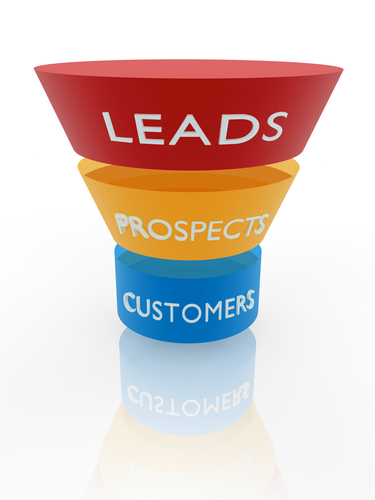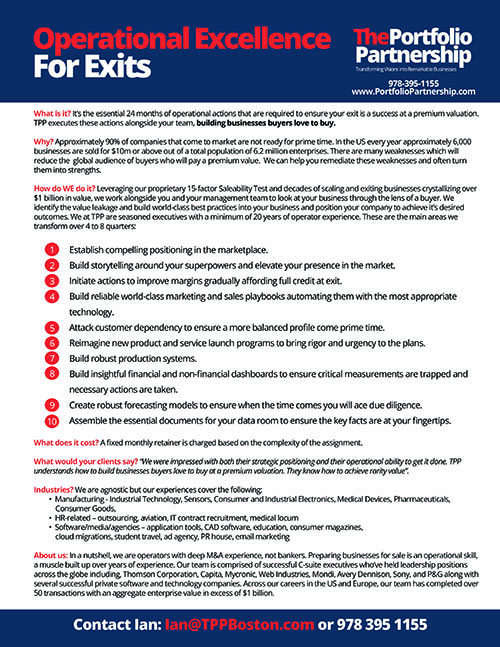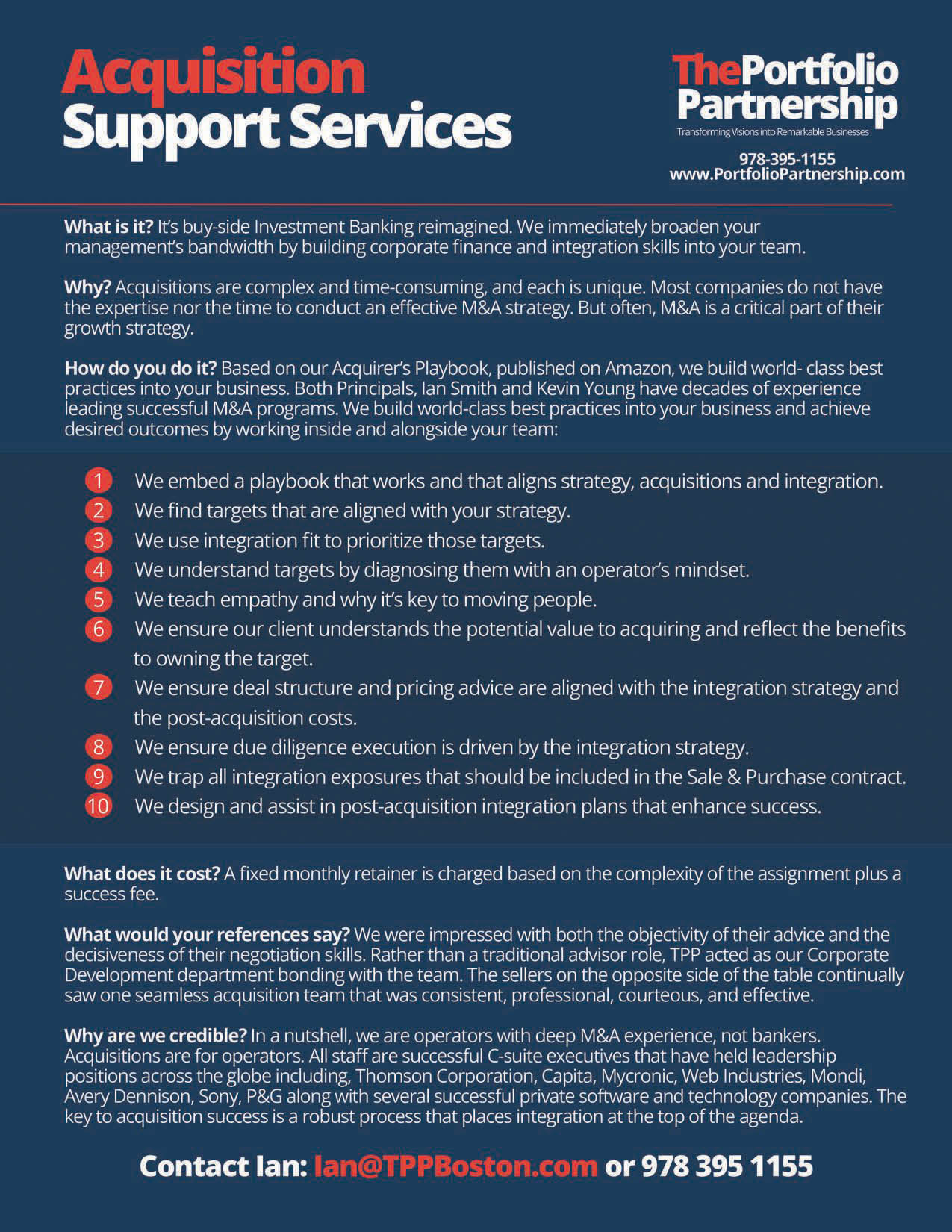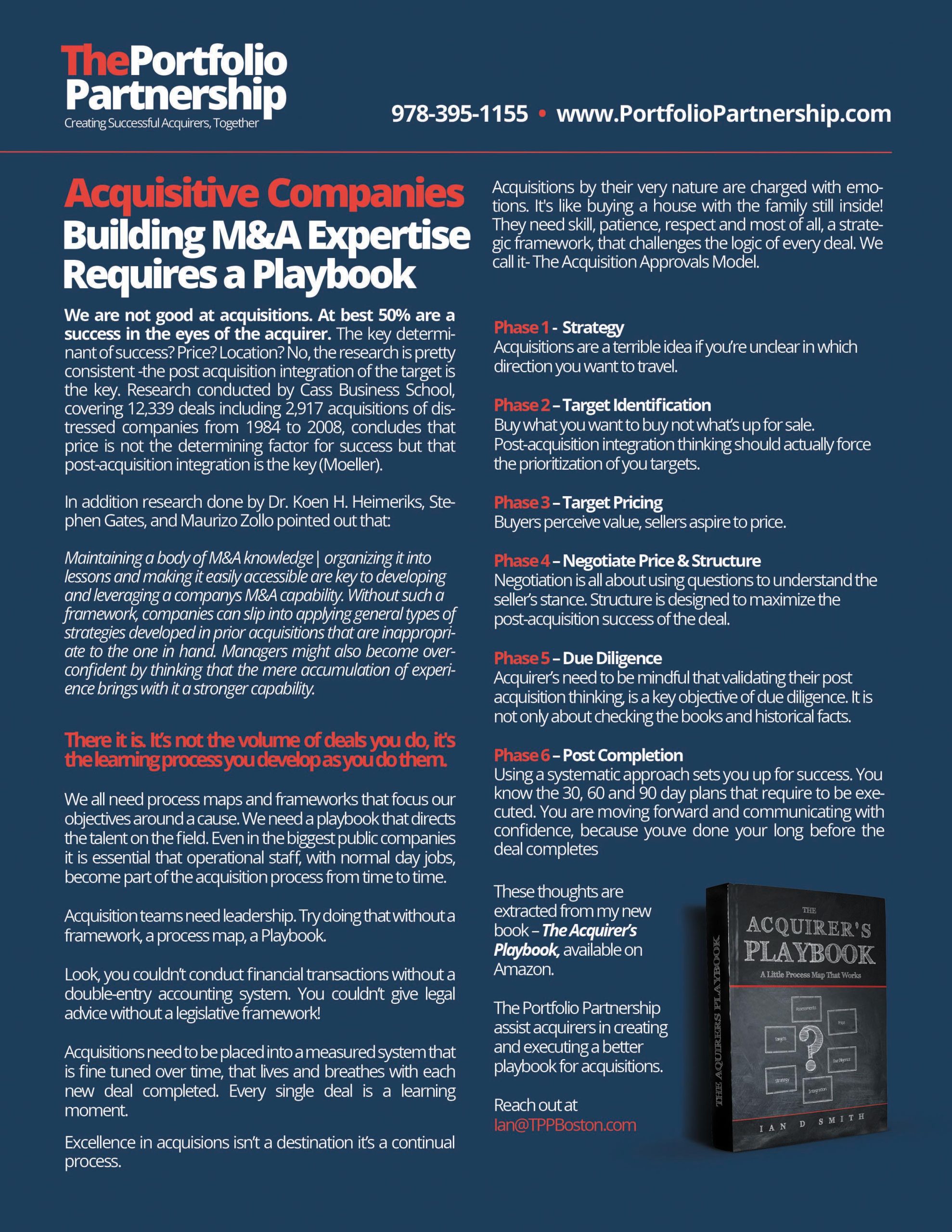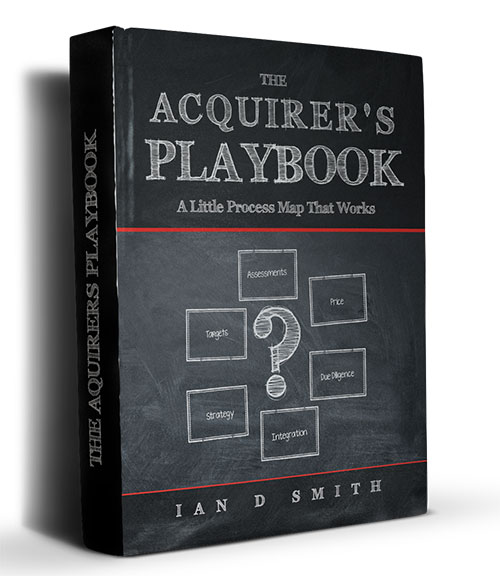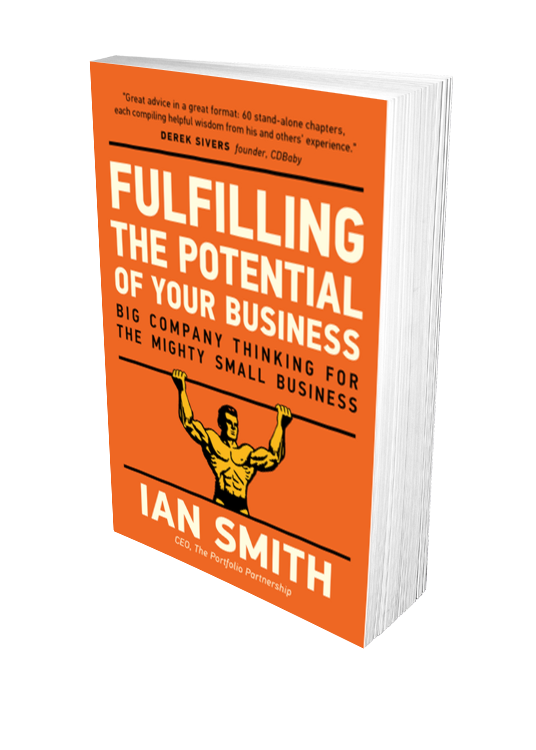Integrating Sales and Procurement: A Strategic Perspective
As a Value Creation Company, we’ve implemented world-class sales processes across multiple organizations. While I’ve detailed those methodologies in previous posts, it’s essential to emphasize that even the most refined sales approach hinges on a deep understanding of the buyer’s procurement process.
The Four Pillars of a Successful Sales Process
1. Discovery:
This phase is centered on research and preparation. Sales professionals must identify prospects with the greatest potential for change—because without a desire to change, there will be no purchase orders.
2. Diagnosis
In this phase, sales professionals help prospects recognize inefficiencies and performance gaps. This “hyperqualification” process is designed to determine the scope and financial impact of the client’s challenges.
3. Design
Design is a collaborative phase where the salesperson works closely with the client to craft a tailored solution. This stage helps clients clarify their needs and evaluate potential alternatives.
4. Delivery
Here, the groundwork laid in earlier stages pays off. Delivery focuses on ensuring the client’s successful execution of the solution.
Aligning Sales with the Buyer’s Journey
This process, however, cannot function in isolation. Sales is inherently interactive—it must align with the buyer’s internal decision-making journey. Consider these questions about your prospect:
- How do they research potential solutions?
- How do they assess your credibility?
- How do they prioritize problems?
- How aware are they of the consequences of maintaining the status quo?
- How do they secure internal buy-in and budget approvals?
- Can they construct a compelling business case and ROI justification?
Here’s a crucial insight: users of your product—whether software, hardware, or services—often struggle with financial justification. They may easily articulate technical benefits, but building a business case often overwhelms them. Yet, these users are your internal champions. They are your path to a closed deal.
Typically, these internal sponsors prefer to bypass difficult commercial discussions and jump straight into demos and technical specifications. This can falsely accelerate the sales cycle toward the Design phase, but without financial validation, purchase orders often stall.
Creating Symbiosis Between Sales and Buying Processes
Progressing through a structured sales process is vital, but it must be synchronized with the buyer’s internal procurement path. Many prospects are unaware of the complexities of their own buying process—and that naivety can jeopardize your deal. Truly understanding your prospects means grasping not just their business challenges, but the internal decision-making and budget-approval processes they must navigate.
Empowering Your Champions
To improve win rates, equip your internal sponsors with tools to advocate for your solution within their organization. Your sales process should help them build internal support—turning weak sponsors into powerful allies. Weak sponsors stall deals; strong ones drive them forward.
In today’s cautious business environment, sales professionals must sharpen their awareness of the customer’s internal buying mechanics. Procurement doesn’t begin and end in the purchasing department. It starts with identifying problems, analyzing needs, exploring consequences, prioritizing issues, justifying investments, evaluating solutions, and validating vendors.
Your sales approach must mirror and support this journey.
Like the way we think? You’ll love the way we work.
At The Portfolio Partnership, we embed sales processes that seamlessly integrate with any CRM and are deeply attuned to how people actually buy.

